Best movies like Clown and His Dogs
A unique, carefully handpicked, selection of the best movies like Clown and His Dogs . If you liked Clown and His Dogs then you may also like: Yoyo, The Ugly Duckling, The Untamable Whiskers, West of Hot Dog, Not So Long Ago and many more popular movies featured on this list. You can further filter the list even more or get a random selection from the list of similar movies, to make your selection even easier.
Short film of 300 individually painted images.
You may filter the list of movies on this page for a more refined, personalized selection of movies.
Still not sure what to watch click the recommend buttun below to get a movie recommendation selected from all the movies on this list
The Ugly Duckling
A black duckling is rejected by its mother, a hen, but manages to prove his worth when a tornado threatens the hen's chicks.
The Untamable Whiskers
The background of this picture represents a scene along the beautiful river Seine in Paris. A gentleman enters, and taking a blackboard from the side of the picture, he draws on it a sketch of a novelist. Then, standing in the centre, he causes the living features of his sketch to appear in the place of his own, which is utterly devoid of whiskers. The change is made so mysteriously that the eye cannot notice it until one sees quite another person in the place of the first. Again another sketch is shown on the board, this one being that of a miser; then an English cockney; a comic character; a French policeman, and last of all, the grinning visage of Mephistopheles. It is almost impossible to give this film a more definite description; suffice it to say that it is something entirely new in motion pictures and is sure to please. (Méliès Catalog)
West of Hot Dog
Stan travels to the small town of Hot Dog to collect an inheritance. He learns his late uncle left him everything - but in the event of Stan's death it all goes to his two outlaw cousins.
Not So Long Ago
Against the backdrop of New York City of the early 1850s, a young woman -- naively seeking to win the love she reads about in the romance novels she devours -- finds one prospect in an earnest denizen of the Bowery, and another in an elegant young aristocrat. Focusing on the bygone era's fashions, the novelty of the bicycle-built-for-two, and an inventor's quest for the horseless carriage, the film gently stirs the audiences' nostalgia for simpler times.
Opening of the Kiel Canal
The opening of the Kiel Canal in Germany by Kaiser Wilhelm II on 20 June 1895.
Rough Sea at Dover
The surf pounds against a breakwater on which are visible several people standing. The wall looks to be about 20 feet above sea level and extend at least 100 feet into the water. A large wave rolls picturesquely along the wall toward the shore. Smaller waves follow. Then the scene changes to river water flowing. We see both shores: in the foreground a log and tree branch are visible; on the far shore, there appears to be a low wall with trees beyond it. The camera is stationary in both shots.
Roundhay Garden Scene
The earliest surviving celluloid film, and believed second moving picture ever created, was shot by Louis Aimé Augustin Le Prince using the LPCCP Type-1 MkII single-lens camera. It was taken in the garden of Oakwood Grange, the Whitley family house in Roundhay, Leeds, West Riding of Yorkshire (UK), possibly on 14 October 1888. It shows Adolphe Le Prince (Le Prince's son), Mrs. Sarah Whitley (Le Prince's mother-in-law), Joseph Whitley and Miss Harriet Hartley walking around in circles, laughing to themselves and keeping within the area framed by the camera. The Roundhay Garden Scene was recorded at 12 frames per second and runs for 2.11 seconds.
Just Dogs
Pluto's cage-mate at the dog pound breaks out and lets all the other dogs out as well. In the park, that terrier keeps following Pluto too closely for Pluto's tastes, until he digs up a huge bone and gives it to Pluto (who doesn't particularly want to share). But soon all the other escaped dogs are chasing after the bone.
Adventures of William Tell
The scene opens in an artist's studio where the unfinished statue of William Tell stands upon a pedestal. A clown appears and sticks a clay arm and clay head on the statue, thus completing it. He places a large brick on top of the head to make it stick. When he turns his back the statue turns into a living representation of William Tell. (Edison Catalog)
The Arrival of a Train at La Ciotat
Likely in June 1897, a group of people are standing along the platform of a railway station in La Ciotat, waiting for a train. One is seen coming, at some distance, and eventually stops at the platform. Doors of the railway-cars open and attendants help passengers off and on. Popular legend has it that, when this film was shown, the first-night audience fled the café in terror, fearing being run over by the "approaching" train. This legend has since been identified as promotional embellishment, though there is evidence to suggest that people were astounded at the capabilities of the Lumières' cinématographe.
Autour d’une cabine
The film consists of a series of animations on a beach containing two beach huts and a diving board. Two characters play at diving into the water from the diving board and then appear on the beach. The woman begins to play with a small dog and is then joined by a gentleman. The two play around on the beach before getting changed into bathing costumes and going into the water. They bob up and down in the water before swimming out of the scene. Once the couple have gone a man sails out in a boat.
The Blacksmith
Buster clowns around in a blacksmith's shop until he and the smithy get in a fight which sends the smithy to jail. Buster helps several customers with horses, then destroys a Rolls Royce while fixing the car parked next to it.
A Bronx Morning
Arrival in the Bronx is shown with a view from an elevated train as it enters the city. Then follows a montage of sights from the Bronx. Many typical neighborhood activities are shown, along with scenes from many local businesses.
The Buccaneers
This Our Gang short has the group playing pirates and building a ship to sail in. Once the ship hits water it sinks but they end up on another boat when the dog unties the rope and the kids head off to sea where they must be rescued by the Navy.
The Corbett-Fitzsimmons Fight
This legendary fight was filmed on March 17, 1897, using 63mm film that produced an aspect ratio of about 1.75:1. Using three adjacent cameras, Enoch Rector recorded the entire fight, simultaneously creating the world's first known feature film, as the resulting footage lasted over 90 minutes in length. About a quarter of the film survives today.
Day Dreams
In order to impress the father of a girl he is keen on, Buster goes to the city in search of work. In his letters home he writes of his various jobs which her imagination expands into much nobler ones than those that he is actually attempting.
He Who Gets Slapped
Story of an inventor who, suffering betrayal in life, makes a career of it by becoming a clown whose act consists of getting slapped by all the other clowns. He falls in love with another circus performer, and those who betrayed him enter his life yet again.
Prelude: Dog Star Man
A creation myth realized in light, patterns, images superimposed, rapid cutting, and silence. A black screen, then streaks of light, then an explosion of color and squiggles and happenstance. Next, images of small circles emerge then of the Sun. Images of our Earth appear, woods, a part of a body, a nude woman perhaps giving birth. Imagery evokes movement across time. Part of the Dog Star Man series of experimental films.
Dogs of War!
The gang wages war using old vegetables as munitions. Later, they ruin a movie in progress when they double-expose the film.
Early to Bed
Oliver inherits a fortune and hires Stan as his butler and proceeds to torment him. Stan finally rebels and goes on a rampage, destroying Oliver's fancy furnishings.
From Soup to Nuts
Inexperienced waiters (Laurel & Hardy) are hired for a swank dinner party.
Humorous Phases of Funny Faces
A cartoonist draws faces and figures on a blackboard - and they come to life.
Man Walking Around a Corner
The last remaining production of Le Prince's LPCC Type-16 (16-lens camera) is part of a gelatine film shot in 32 images/second, and pictures a man walking around a corner. Le Prince, who was in Leeds (UK) at that time, sent these images to his wife in New York City in a letter dated 18 August 1887.
Men Boxing
Experimental film fragment made with the Edison-Dickson-Heise experimental horizontal-feed kinetograph camera and viewer, using 3/4-inch wide film.
Poor Pierrot
One night, Arlequin comes to see his lover Colombine. But then Pierrot knocks at the door and Colombine and Arlequin hide. Pierrot starts singing but Arlequin scares him and the poor man goes away.
The Professor
Professor Bosco, a poor flea trainer, rents a bed in a flophouse. Before going to bed, he rallies his troops and once he has made sure his beloved fleas are settled for the night, the professor prepares to sleep the sleep of the just man. Unfortunately he accidentally knocks the box off his bed and the fleas have the time of their lives pestering Bosco's neighbors. To get the escapees back in their box again, the trainer resorts to... his whip! All is back to normal one more time. But not for long, as a stray dog enters the flophouse and very unwisely opens the box, thus creating new havoc.
School Begins
One of a handful of currently unavailable Hal Roach/MGM “Our Gang” silent films, School Begins was a series of gags built around the unenviable ritual of returning to school during the first week of September. School begins and some gang members are forging notes from their mother wanting out. Then too-young Wheezer parades by the school with escaped circus seals following him, causing a disturbance.
A Thief Catcher
Two criminals chase a plainclothes policeman who, while taking out his dog, witnesses their crime.
The Magic Flame
The Magic Flame (1927) is a feature film directed by Henry King, produced by Samuel Goldwyn, and based on the play Konig Harlekin by Rudolph Lothar. George Barnes was nominated at the 1st Academy Awards for Best Cinematography. The film promoted itself as the Romeo and Juliet of the circus upon its release.



































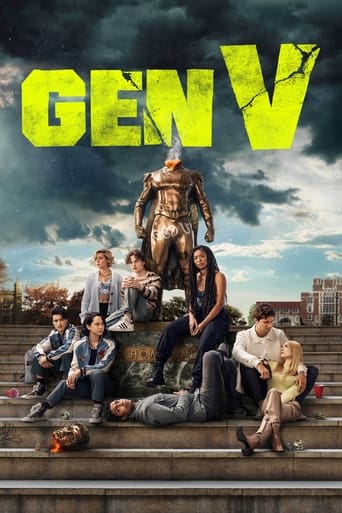


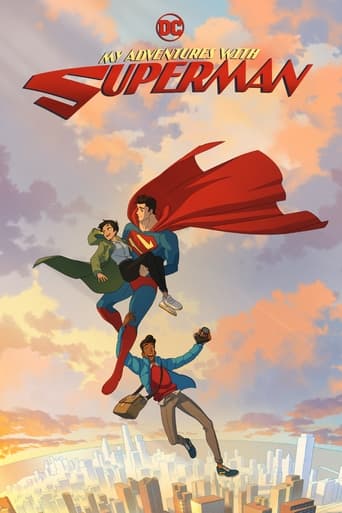

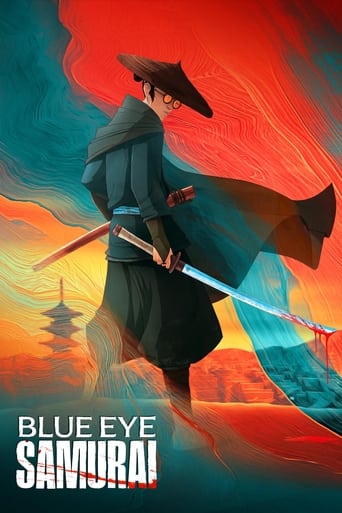

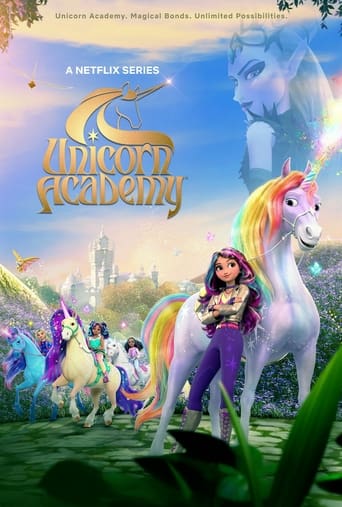



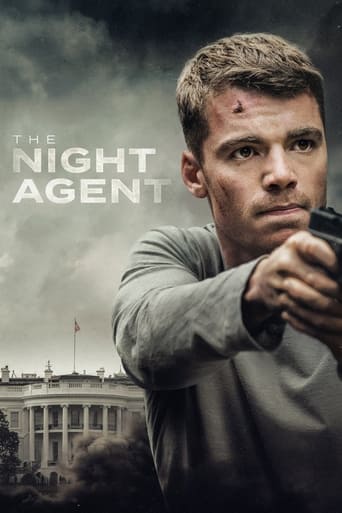
Yoyo
The story follows the son of a millionaire from the 1920s to the 1960s. After losing his fortune in the stock-exchange crash, he teams up with an equestrienne and becomes a circus clown.